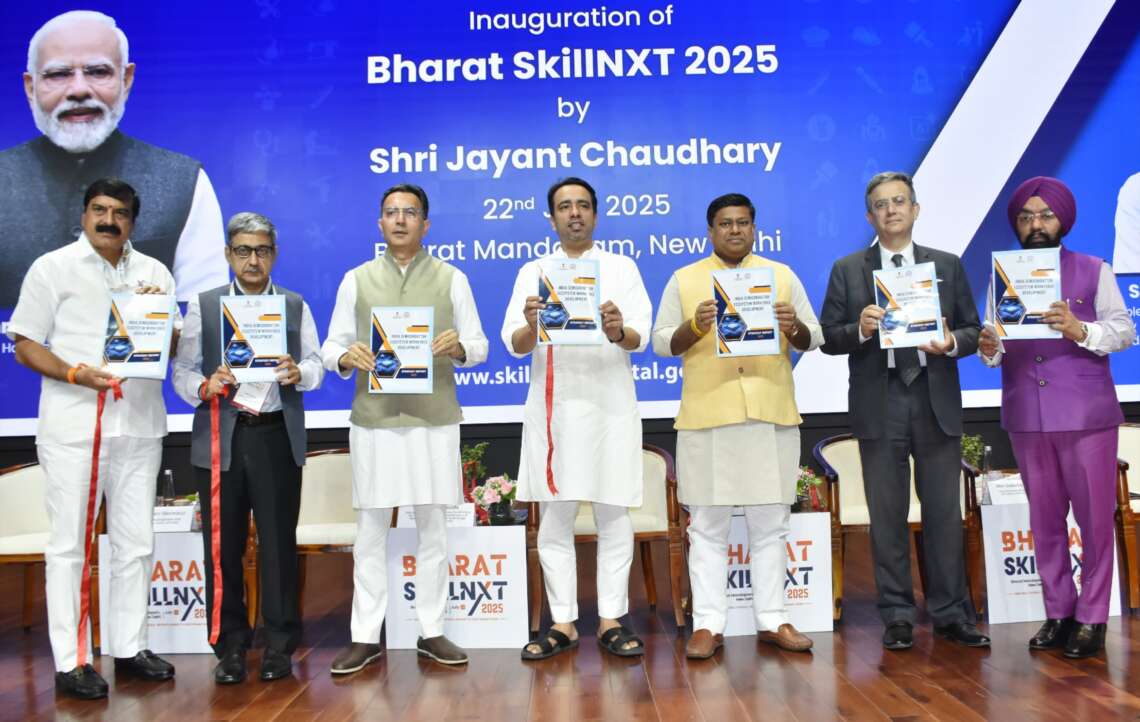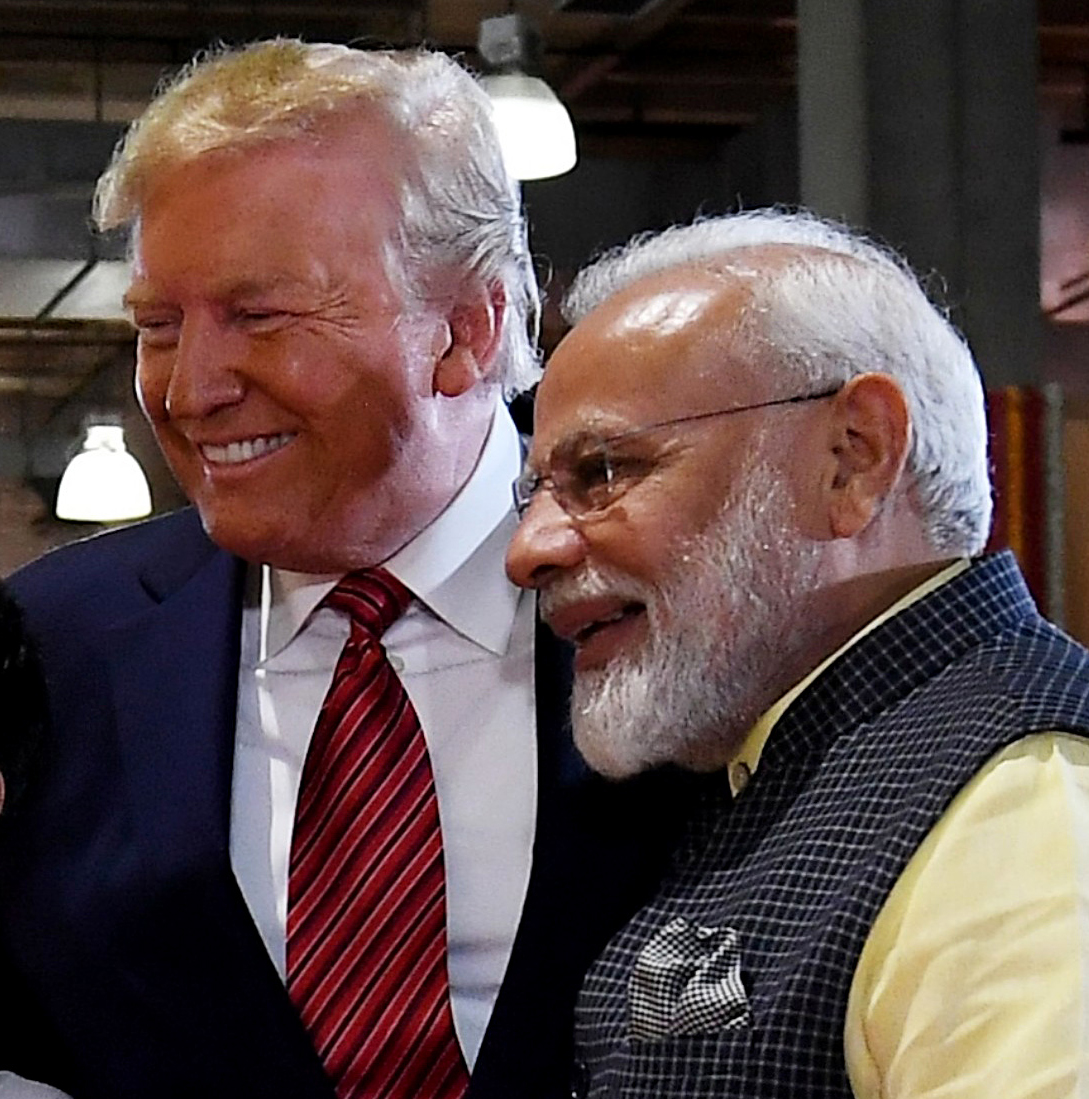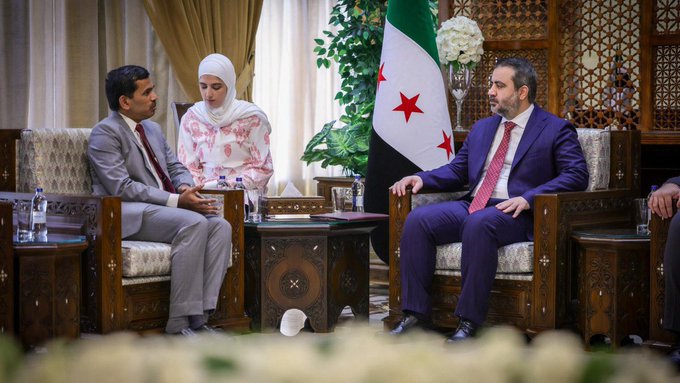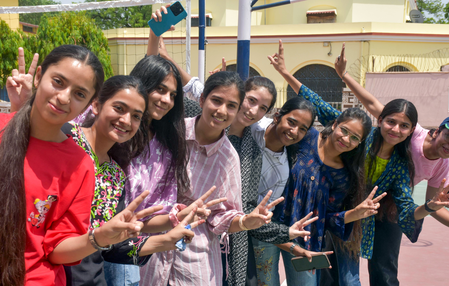With a young and dynamic demographic, a rapidly digitising economy, and a strong push for foundational and future skills, India is laying the groundwork for an educational revolution that embraces artificial intelligence, machine learning, robotics, and data sciences, writes Dr Arun Kumar Sharma
As India celebrates a decade of the transformative Skill India Mission, the country now stands at the threshold of a groundbreaking milestone: becoming the global leader in AI-ready school talent.
India’s Minister of State (Independent Charge) for the Ministry of Skill Development and Entrepreneurship (MSDE) and Minister of State for Education, Jayant Chaudhary, recently announced that India is on course to have the world’s largest AI-ready school-going population—a development that not only underscores the nation’s growing digital capabilities but also reflects its proactive approach to future-proofing its youth.
This ambitious vision dovetails seamlessly with India’s broader aspirations in technology and innovation.
With a young and dynamic demographic, a rapidly digitising economy, and a strong push for foundational and future skills, India is laying the groundwork for an educational revolution that embraces artificial intelligence, machine learning, robotics, and data sciences.
A vision aligned with India’s digital future
Speaking at the 10-year anniversary of the Skill India Mission, Jayant Chaudhary emphasised the importance of integrating AI and future technologies into school curricula.
“India is not just preparing for the future—it is building it,” he said, outlining how government initiatives are equipping students with the knowledge and tools needed to thrive in an AI-driven world.

The statement comes at a time when AI is being recognised as a transformative force across sectors—from healthcare and education to finance and agriculture.
By developing a robust base of AI-literate students, India is positioning itself as not only a consumer of AI technologies but a global supplier of talent and innovation in the field.
National Education Policy: A strong foundation
India’s National Education Policy (NEP) 2020 plays a pivotal role in creating this AI-ready ecosystem.
The NEP advocates for multidisciplinary learning, critical thinking, and digital fluency from an early age.
Coding is now being taught as early as Class 6, and AI modules have been introduced in schools across several states as part of the CBSE and state board curricula.
This early exposure to AI concepts helps students develop problem-solving abilities and prepares them to understand complex systems.
It also aligns with the goals of the National Curriculum Framework (NCF), which emphasises experiential learning and practical application of knowledge.
By embedding AI literacy at the school level, the NEP ensures that students from diverse socio-economic backgrounds are not left behind in the Fourth Industrial Revolution.
The focus is clear: democratise access to next-gen skills and make future technologies part of mainstream education.
Digital infrastructure and access at scale
A key enabler of this vision is India’s expanding digital infrastructure.
Programmes like PM eVidya, DIKSHA (Digital Infrastructure for Knowledge Sharing), and SWAYAM have ensured that digital content reaches every corner of the country.

The government has made strategic investments in ensuring internet connectivity in rural schools and in providing affordable digital devices to students and teachers.
Under the BharatNet project, high-speed broadband is being deployed in over 250,000 village panchayats, bringing digital classrooms to rural India.
This digital push ensures that AI education is not limited to urban centres but reaches India’s hinterland, bridging the rural-urban divide in digital literacy.
Moreover, with the National Educational Technology Forum (NETF) being established, there is a clear roadmap for leveraging tech-enabled learning tools to enhance teaching and learning outcomes.
Skill India Mission: A decade of transformation
Launched in 2015, the Skill India Mission has already trained millions of youth in industry-relevant skills.
As the mission marks its 10-year milestone, its focus is shifting decisively towards future skills like AI, cloud computing, cybersecurity, blockchain, and big data.
Jayant Chaudhary emphasised that the mission’s next phase would prioritise convergence between formal education and vocational training, enabling school students to build practical, employable skills while still in classrooms.
Programmes under Pradhan Mantri Kaushal Vikas Yojana (PMKVY) are being redesigned to offer short-term certification courses in AI and emerging technologies for school and college students alike.
The mission’s continued success lies in its inclusivity and scale. Skill development centres have been established in remote areas, women and differently-abled candidates are being encouraged through special incentives, and partnerships with private players and global tech firms are helping modernise training modules.
Public-private partnerships fuelling AI education
Recognising the need for industry alignment, India has entered into partnerships with global technology leaders like Intel, IBM, Microsoft, and Google to train school students and teachers in AI fundamentals.
These collaborations offer access to world-class resources, mentorship programs, bootcamps, and hands-on labs.
Initiatives like the CBSE-AI curriculum, created in partnership with Intel, have already introduced thousands of students across 22 states to AI tools and applications.
Hackathons and AI innovation challenges are regularly organised to encourage students to create real-world solutions using AI for social good.
Such efforts ensure that India’s AI-ready population is not just theoretically informed but practically skilled and industry-ready by the time they graduate.
Empowering teachers, elevating classrooms
Building an AI-ready student population requires an equally empowered teaching workforce.
The Ministry of Education and MSDE have launched multiple initiatives for teacher training, both online and offline.
These include capacity-building workshops, AI certification programmes, and peer-learning communities where educators share best practices.
Through programmes like NISHTHA (National Initiative for School Heads’ and Teachers’ Holistic Advancement), lakhs of teachers are being trained in digital pedagogies, AI curriculum integration, and the ethical use of technology.
This ensures that classrooms remain dynamic spaces where curiosity is nurtured and innovation is celebrated.
Young innovators shaping tomorrow
The impact of these reforms is already visible in national innovation contests and global tech competitions.
Indian school students have begun to stand out with AI-powered projects that address real-world issues—from climate change monitoring and language translation apps to automated crop management systems and smart health diagnostics.
These student innovations are being supported by the Atal Innovation Mission (AIM), which has established thousands of Atal Tinkering Labs (ATLs) across the country.
These labs provide a platform for young minds to experiment with AI, robotics, IoT, and other technologies in a hands-on environment.
Minister Jayant Chaudhary rightly pointed out that these young innovators are not just learning—they are leading.
They represent a confident, tech-savvy generation prepared to shape India’s digital future.
A nation ready to lead
As India embraces its demographic dividend, the focus on AI-readiness at the school level is not only timely—it’s visionary.
With the world increasingly looking toward digital and intelligent systems, India is preparing an entire generation to lead, innovate, and compete globally.
Jayant Chaudhary’s statement signals a shift in national consciousness—from seeing education as a tool for literacy to recognising it as the foundation for leadership in the 21st-century knowledge economy.
India’s future lies in the hands of its youth—and with a growing, AI-ready school population, that future looks bright, bold, and boundless.














